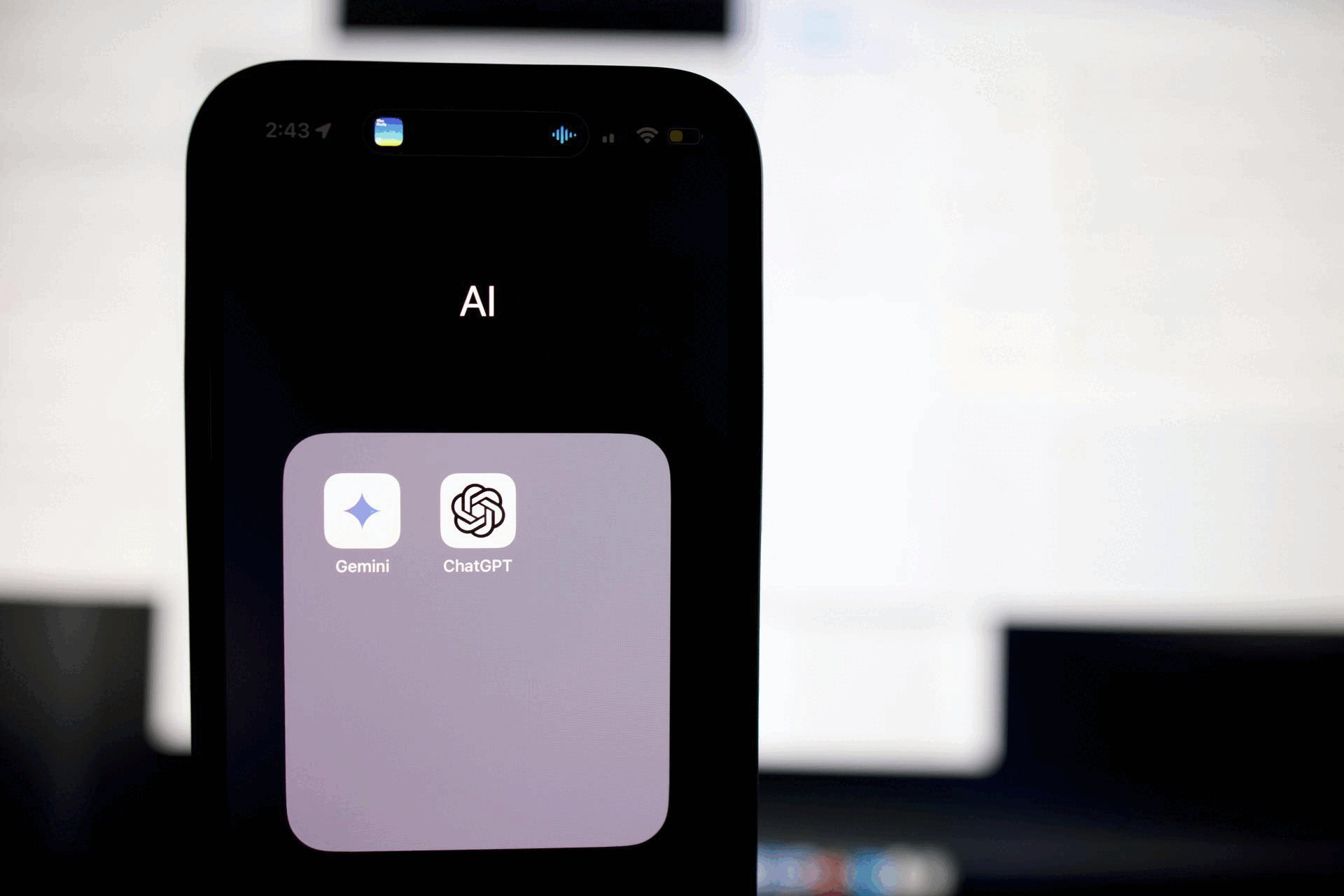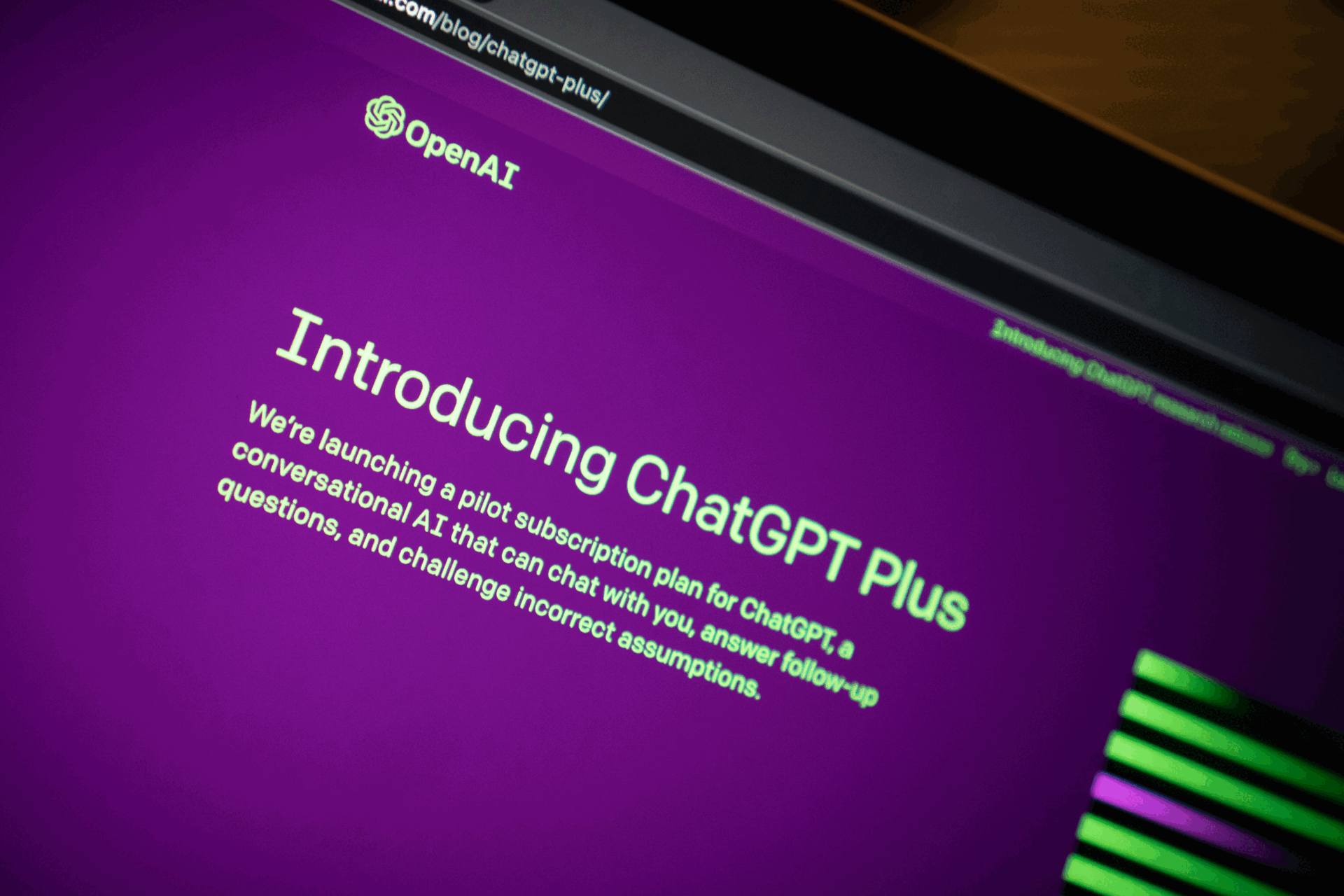comScore Finds Mobile Broadband Growth Slowing
- Monday, April 13th, 2009
- Share this article:
comScore has released the results of a study of US Internet usage via mobile PC data cards, which show that the subscriber base, which has previously been growing strongly began to decelerate noticeably in Q4 2008.
The study examined the usage and characteristics of mobile PC data card users through data collected from computers where users accessed the Internet via mobile broadband Internet Service Providers (ISPs). Mobile broadband employs cellular telecommunication networks, where users pay subscription fees for access, and the connection is made using a PC card, built-in adapter, or via a tethered mobile phone or PDA.
PC data card adoption grew 163% overall in 2008, slightly ahead of the 157% growth rate in 2007. Despite this rapid adoption curve, however, Q4 2008 showed the first signs of softness in the market, as sequential quarterly subscriber growth fell to just 5%, following sequential growth of 22% in Q3 2008 and several preceding quarters of double-digit growth.
The PC data card market is clearly in the early stages of its adoption curve, with the overall number of subscribers multiplying in the past few years, says Serge Matta, Senior Vice President at comScore. That said, weve observed a significant deceleration in subscriber growth during Q4 2008, coinciding with the economic downturn, an indication that mobile broadband service may still be seen by many as a luxury rather than a necessity. Now is the time for mobile broadband providers to solidify their market position, because as the economy begins to recover and discretionary spending resume the market will likely accelerate once again. Verizon appears well-positioned for this eventual resurgence, having gained two market share points in the past year.
The study also compared the Internet usage patterns of mobile broadband PC data card users with the general US Internet population, to determine how the availability of mobile broadband affects online time. It is important, comScore notes, to understand whether online access via mobile broadband represents incremental Internet usage or merely a shift in usage time between different access points.
When looking at the population in aggregate, the results indicated that PC data card usage represents a time-shift in Internet consumption, as PC data card users spent almost the same amount of time online (89 hours) as typical US Internet users (90 hours) during Q4 2008. Of PC data card users with both a PC data card and a fixed-line ISP, approximately 25% of their total online time (22 hours) was spent using a PC data card.
That aggregate Internet usage via PC data card is not incremental to standard wireline Internet usage suggests that its a valuable convenience feature for many Internet users, says Matta. That said, there are also certain segments with PC data cards that do spend additional time online, likely indicating that these segments see PC data card as more of a necessity. Carriers seeking to generate strong PC data card subscriber growth during the current downturn will need to focus their marketing efforts on the differing needs of the various segments and consider offering financial incentives in this tough economic environment if they hope to continue attracting new users.
















